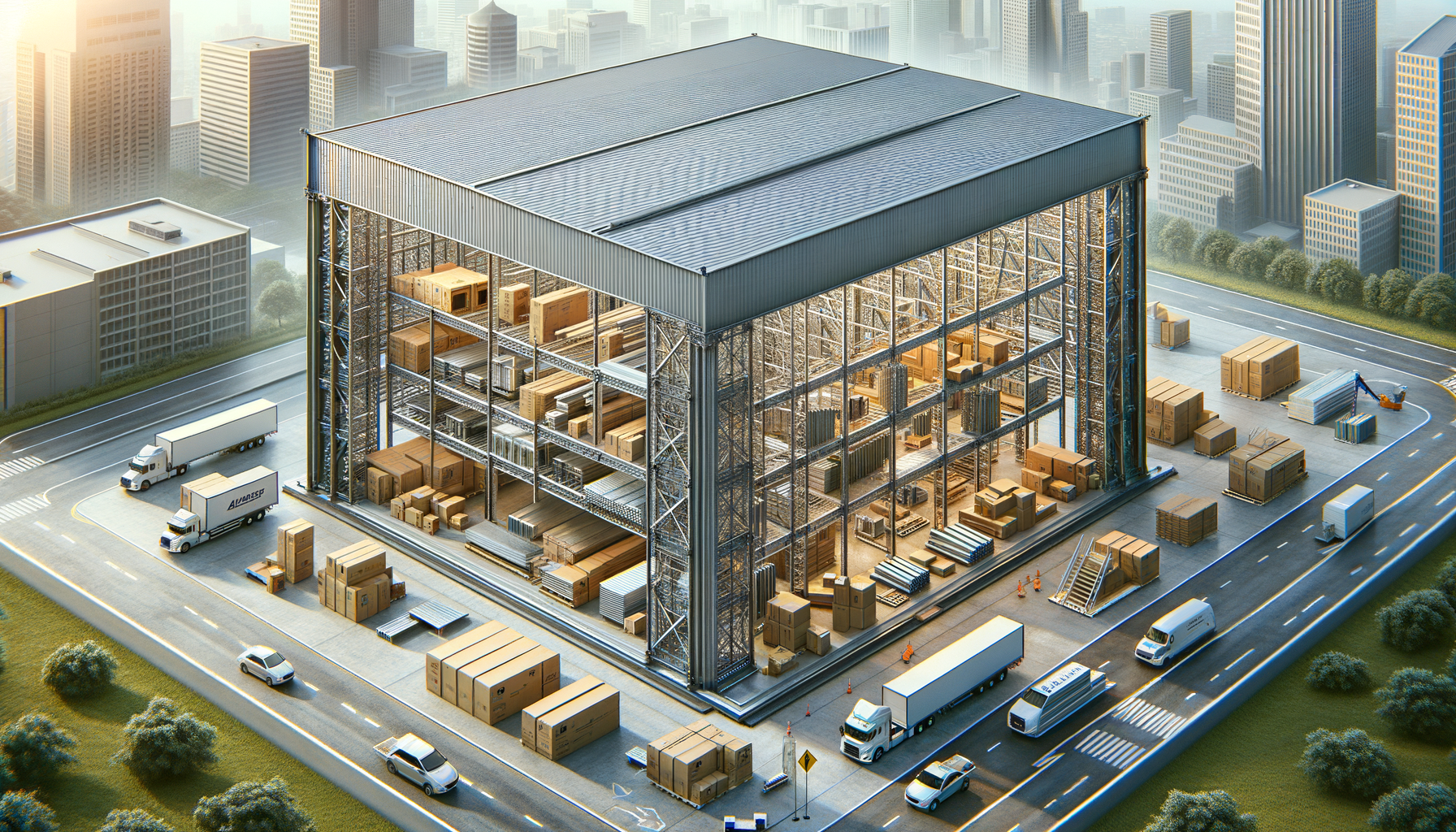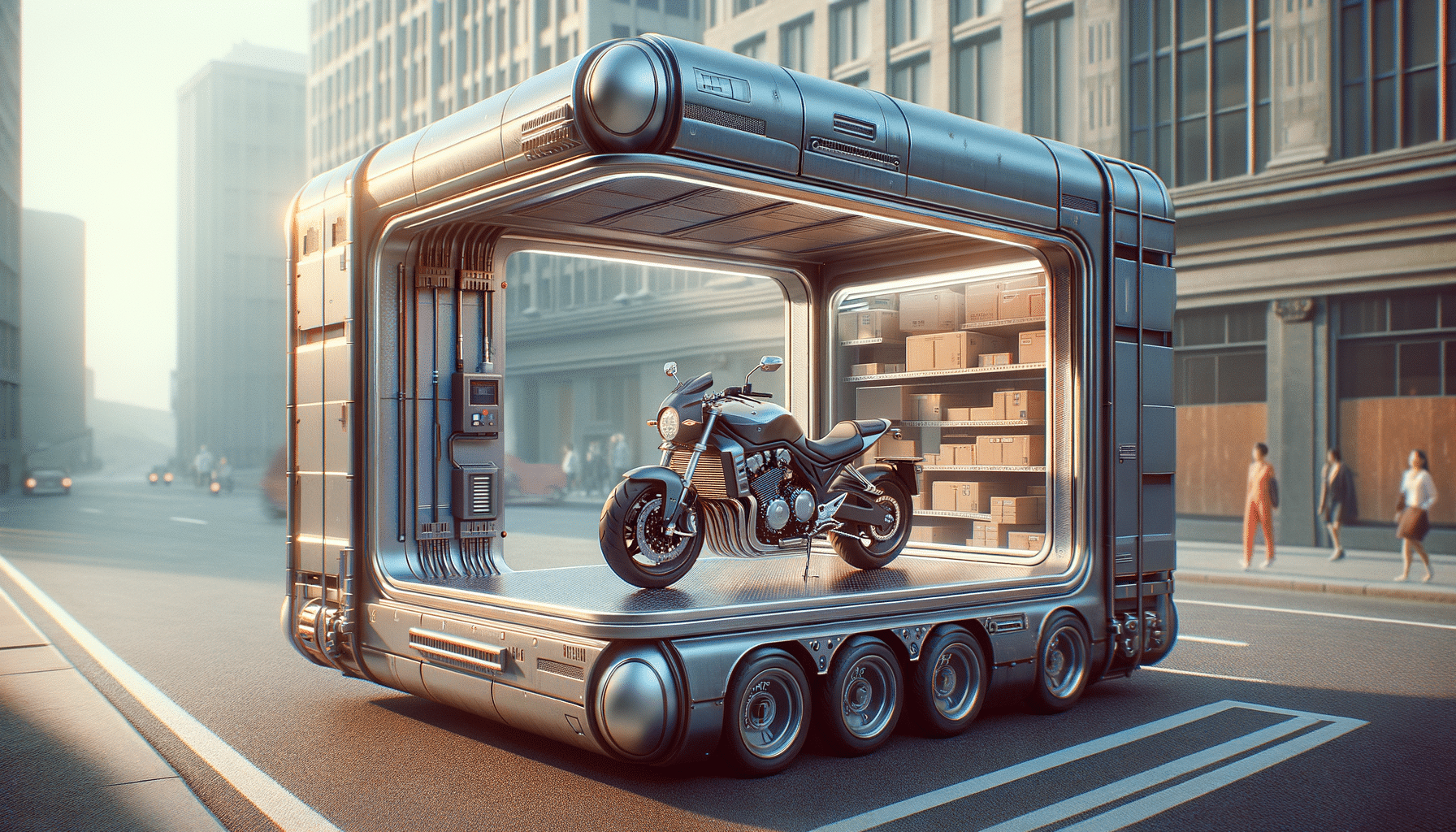
Exploring the Efficiency of Prefabricated Metal Building Kits
The Rise of Prefabricated Metal Buildings
In recent years, the construction industry has witnessed a significant shift towards prefabricated metal building kits. This trend is largely driven by the need for quick, cost-effective, and sustainable building solutions. Prefabrication involves assembling various components of a structure in a factory setting and then transporting them to the construction site for final assembly. This method offers several advantages over traditional construction techniques, including reduced construction time, minimized labor costs, and enhanced quality control.
The popularity of prefabricated metal buildings can be attributed to their versatility and adaptability. They are used in a wide range of applications, from agricultural and industrial facilities to commercial and residential buildings. The ability to customize these structures to meet specific needs makes them an attractive option for many developers and property owners. Additionally, the use of durable materials such as steel ensures longevity and resistance to environmental factors, further enhancing their appeal.
Moreover, the prefabrication process itself is environmentally friendly. By manufacturing components in a controlled environment, waste is minimized, and energy efficiency is maximized. This aligns with the growing emphasis on sustainable building practices, making prefabricated metal building kits a preferred choice for environmentally conscious developers.
Cost-Effectiveness and Time Efficiency
One of the most compelling reasons to opt for prefabricated metal building kits is their cost-effectiveness. Traditional construction projects often encounter delays and unforeseen expenses, which can significantly inflate the overall budget. In contrast, prefabricated buildings are designed to streamline the construction process, reducing both time and costs.
The factory-controlled environment allows for precise manufacturing and assembly, minimizing errors and rework. This efficiency translates into shorter construction timelines, enabling projects to be completed faster than conventional methods. For businesses, this means reduced downtime and quicker return on investment.
Furthermore, the labor costs associated with prefabricated metal buildings are typically lower. Since much of the work is done off-site, there is less need for skilled labor at the construction site, reducing the overall labor expenses. Additionally, the predictability of prefabricated construction helps in better budgeting and financial planning, as the costs are more transparent and less susceptible to fluctuations.
Overall, the cost and time efficiencies associated with prefabricated metal building kits make them an attractive option for developers looking to optimize their resources and maximize profitability.
Durability and Sustainability
Prefabricated metal building kits are renowned for their durability and sustainability, making them a preferred choice for many construction projects. The use of high-quality steel and other robust materials ensures that these structures can withstand harsh weather conditions and resist wear and tear over time.
Steel, in particular, is a material known for its strength and resilience. It is non-combustible, resistant to pests, and can endure extreme temperatures, making it an ideal choice for various building applications. Additionally, steel structures are highly adaptable, allowing for modifications and expansions as needed without compromising the integrity of the building.
From a sustainability perspective, prefabricated metal buildings offer significant environmental benefits. Steel is one of the most recycled materials globally, and its use in prefabricated construction contributes to resource conservation and waste reduction. The precision manufacturing process also minimizes material waste, further enhancing the eco-friendliness of these structures.
Moreover, prefabricated buildings can be designed with energy efficiency in mind. Features such as insulated panels, energy-efficient windows, and reflective roofing can be incorporated to reduce energy consumption and lower utility costs. These sustainable practices align with the growing demand for green building solutions, making prefabricated metal building kits a viable option for environmentally conscious developers.
Design Flexibility and Customization
One of the standout features of prefabricated metal building kits is their design flexibility and customization options. Unlike traditional construction methods, which can be limited by structural constraints, prefabricated buildings offer a wide range of design possibilities to suit various needs and preferences.
These kits can be tailored to meet specific requirements, whether it’s the size, shape, or functionality of the building. This customization allows developers to create unique structures that reflect their vision and accommodate their operational needs. From open floor plans to multi-level designs, the possibilities are virtually limitless.
Additionally, prefabricated metal buildings can be easily modified or expanded to adapt to changing needs. This adaptability is particularly beneficial for businesses that anticipate growth or require flexible spaces. The modular nature of these structures allows for seamless additions or alterations without significant disruption or expense.
Furthermore, the aesthetic appeal of prefabricated metal buildings has improved significantly over the years. With advancements in design technology, these structures can now incorporate various architectural styles and finishes, enhancing their visual appeal and blending seamlessly with their surroundings.
In summary, the design flexibility and customization options of prefabricated metal building kits make them a versatile and attractive choice for developers seeking innovative and personalized building solutions.
Applications and Versatility
Prefabricated metal building kits are known for their versatility and wide range of applications. Whether it’s a warehouse, office building, sports facility, or residential home, these structures can be adapted to suit various purposes and industries.
In the industrial sector, prefabricated metal buildings are commonly used for manufacturing plants, storage facilities, and distribution centers. Their durability and large clear-span interiors make them ideal for housing heavy machinery and equipment. Additionally, their quick assembly time allows businesses to get up and running faster, minimizing downtime and maximizing productivity.
In the commercial sector, these buildings are often used for retail spaces, office complexes, and recreational facilities. The ability to customize layouts and incorporate modern design elements makes them a popular choice for businesses looking to create functional and aesthetically pleasing environments.
Residential applications are also on the rise, with prefabricated metal buildings being used for homes, garages, and workshops. Their affordability, durability, and energy efficiency make them an appealing option for homeowners seeking cost-effective and sustainable housing solutions.
Overall, the versatility of prefabricated metal building kits makes them suitable for a wide range of applications, offering developers and property owners a flexible and efficient building solution.

